Ask Ethan: Is there really evidence for a new, fifth force?

The four fundamental forces have ruled our Universe for over 50 years, now. Are we on the brink of discovering a new one?
“The new claim now is [a] boson with a mass of 16.7 MeV. But they don’t say anything about what went wrong in their previous claims and why we should not take those claims seriously.” –Oscar Naviliat Cuncic
The Standard Model of elementary particle physics — the particles and interactions that describe everything we’ve ever created or smashed together in a lab — do a remarkable job of predicting exactly what our experiments see. From matter to antimatter, from fusion to fission, from massless particles to the heaviest ones known, these fundamental rules have stood up to every experimental challenge ever thrown their way. But perhaps, hidden in the recesses of a radioactive decay, an unexplained phenomenon has emerged. All the way from Hungary, Miklós Magyari wants to know:
[T]he news about the discovery of the 5th force of nature (in Debrecen, Hungary) got a huge media focus here. I would be interested in hearing your point on this; can you imagine it is true or are you [a] sceptic?
If you’ve heard reports about a fifth force having just been discovered, this is the experiment in question, and it’s based on a highly unstable isotope of matter: Beryllium-8.
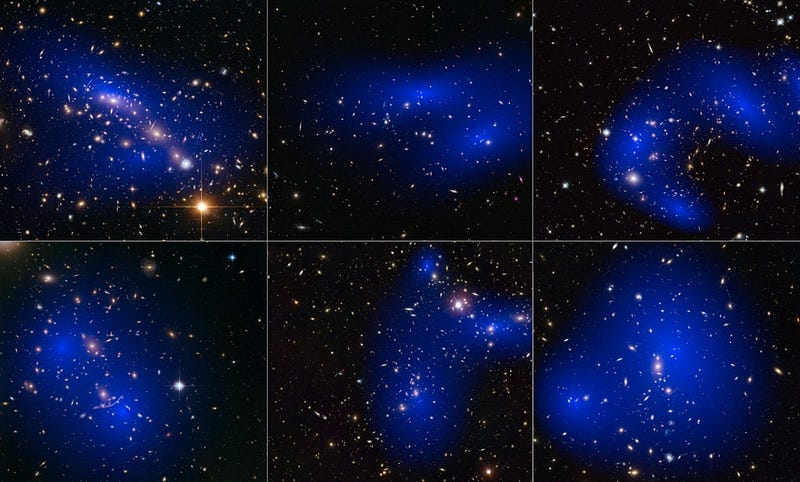
In terms of creating the matter that makes us up, there’s arguably no more important piece of the puzzle than this isotope. Our Sun — and almost all stars, for that matter — get their energy by fusing hydrogen into helium, and in particular, into helium-4, with two protons and two neutrons. At a later stage in its life, our Sun’s core, full of helium, will contract and heat up further, attempting to build even heavier elements. If you bring two helium-4 nuclei together, you’ll build a nucleus with four protons and four neutrons: Beryllium-8. The only problem here is that beryllium-8 is incredibly unstable, and decays back to two helium-4 nuclei with a lifetime of around 10–17 seconds. It’s only in the cores of red giant stars that the densities are high enough that you can get a third helium-4 nucleus in there in time to create carbon-12, and successfully build your way up to heavier and heavier elements.
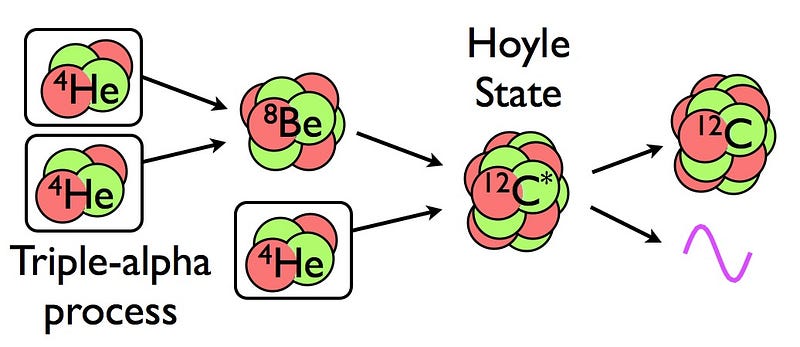
Otherwise, much like we see in laboratory experiments, Beryllium-8 simply decays back to two helium nuclei. But our experimental techniques are incredibly sophisticated, and even in those brief moments that it lives, we can not only create Beryllium-8 by a different mechanism (by bombarding lithium-7 with protons), but we can create it in an excited state, where it will emit a high-energy photon before it decays. That photon is energetic enough that it has the potential to decay to an electron/positron pair, something that will happen to any photon of high enough energies. And if you measure what the relative angle is between the two particles — the electron and the positron — you expect it to be narrower the higher-energy your photons are. This is just based off the law of energy/momentum conservation, with a little randomness thrown in from the orientation of the decays.

But that’s not what the Hungarian team led by Attila Krasznahorkay found last year. While you’d expect the fraction of electrons and positrons to decrease as the angle got larger and larger, they found a surprising relative increase at about a 140º angular separation, which could indicate a lot of things. It could, for example:
- Indicate an experimental error, where something other than this signal is being measured,
- Indicate an analysis error, where an incorrect cut (where you decide which data is worth keeping and which information is useless, contaminating noise that needs to be thrown away) has been applied,
- Or, if the result is robust, it could indicate the existence of a new particle: either a composite particle made up of other standard model ones or, most excitingly, an entirely new, fundamental one.
The data appears to be very good. Sure, the same Hungarian team has claimed a detection of “bumps” in the decays of excited Beryllium-8 before, but never to this degree of significance — with less than a 1-in-1011 odds (6.8-σ confidence) of a statistical fluke — and never with so many excess events: hundreds in multiple channels above the background. Only a massive, unstable particle would decay with a different opening angle than the massless (photon) particles we’d expect, and that’s the leading explanation for the 140º bump. If it turns out to be real. Krasznahorkay has expressed much more confidence in this result, measured with a significantly upgraded apparatus, than in all their prior publications.
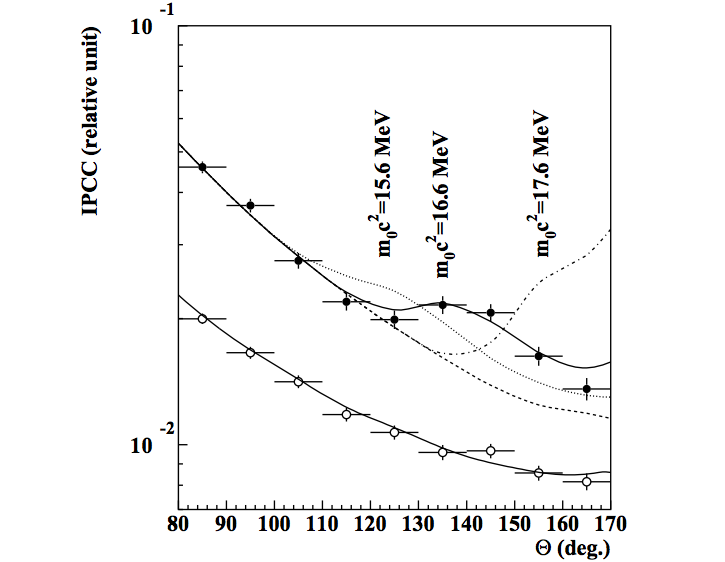
It might not hold up; it might not be replicated; it might be an error due to an artifact of how this experiment was conducted. That’s the best part but also the burden of the scientific endeavor: even the most robust, groundbreaking results must be subject to independent confirmation. But if it is a new particle, it could change everything. The rest energy of the particle — 17 MeV/c2 — along with its other properties, is really interesting. It has a spin of 1, indicating it’s a boson-like particle. It travels far enough that its lifetime of 10–14 s can be measured, telling us this is a weak decay, not an electromagnetic one, meaning it’s not a bound state of leptons. It can’t be a combination of two quarks, since it’s too light; it would have to be at least 10 times heavier for that explanation to fly. If this particle is real, it’s likely a brand new type of particle, one not found in the Standard Model at all.
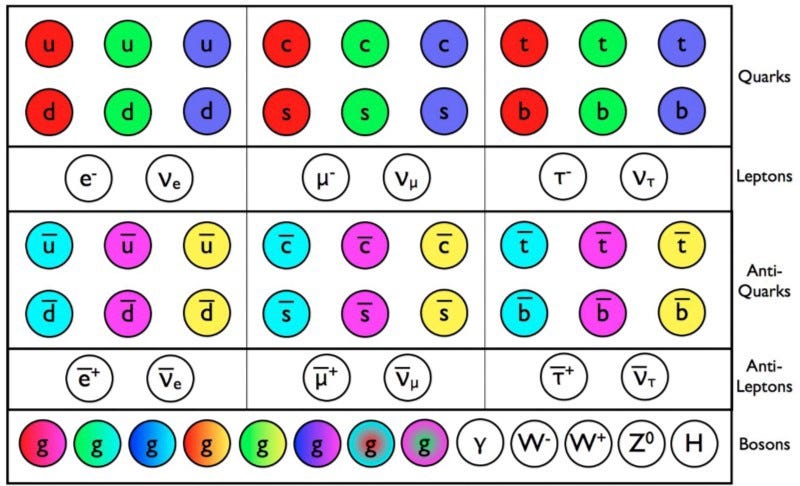
This explanation would fit everything:
- it would create that specific opening angle (140º) of the decay products due to its rest mass compared with the mass of the electron/positron combination it decays into,
- it would give us our first window to physics beyond the Standard Model, something we know must be there and yet that we have not been able to uncover,
- and it could even potentially explain the anomalous value for the magnetic moment of the muon, the heavier cousin of the electron.
But only, that is, if the particle actually exists. This 6.8-σ result would be compelling if you were doing a blind analysis, but Krasznahorkay’s team was explicitly looking for a new particle of this type. In science, we have a history of finding the things we’re looking for, even when they’re not actually there, as Fokke de Boer — who led these experiments before Krasznahorkay did — found such particles but was never able to verify and replicate his results.
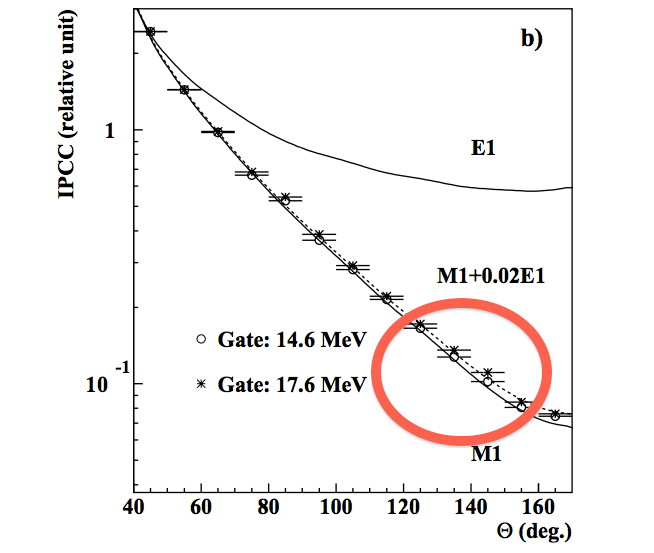
We know there must be new fundamental physics beyond the Standard Model, new particles and new interactions, and this experiment may have found the first hint of it. But to answer Miklós’ question, I’m both: I am a skeptic of these results, but I can also imagine that it’s true. The OPERA faster-than-light neutrino results were this good; so was the CMS/ATLAS collaborations discoveries of the Higgs boson. Only time — and more science — will determine which type of result this new, potentially dark particle actually is.
Submit your Ask Ethan questions to startswithabang at gmail dot com!
This post first appeared at Forbes, and is brought to you ad-free by our Patreon supporters. Comment on our forum, & buy our first book: Beyond The Galaxy!





